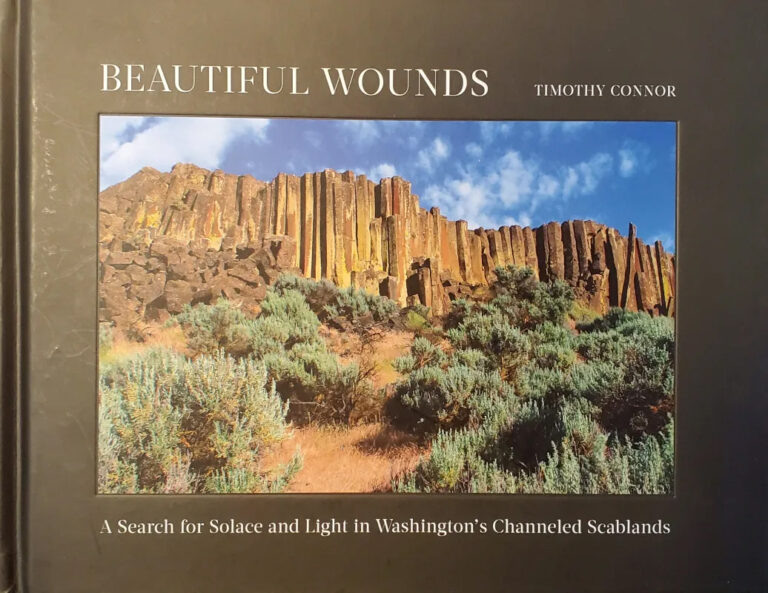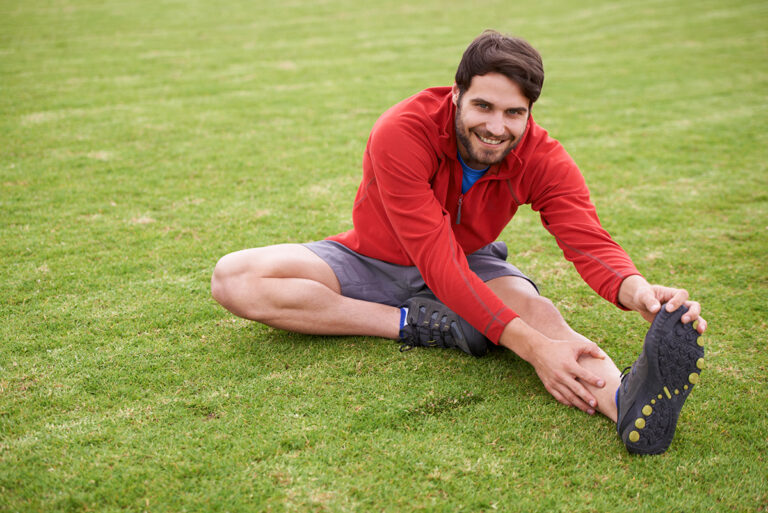To jumpstart his kayaking hobby nearly 15 years ago, Mark Lawrence built his first kayak. At a Mountain Gear demo day at Liberty Lake, he paddled a kayak for the first time. “Within three or four strokes, I knew I had to have one,” he says. So he got a precut wood kayak kit from Pygmy Boats Inc., based in Port Townsend, Wash., and spent the next year assembling it in his garage. He had to take a break for several months when it was too cold for the epoxy to work; otherwise, he figures, it would have only taken only five months. He used this first kayak for five years before buying a fiberglass one and eventually building two more.
For the past nine years, his kayaking partner has been his wife, Wendi. She caught Mark’s passion for the sport during their honeymoon on the west coast of Vancouver Island. But they don’t tandem kayak because their paddling styles are too different. “She likes to go out 100 yards off shore in the San Juans, and I like to explore every nook and cranny along the shoreline,” says Mark.
Locally, they go on about a dozen kayaking trips between April and October, whether a day excursion or an overnight trip. Some of their favorite places are Upper Priest Lake, Farragut State Park, Clark Fork River Delta, the San Juan Islands, and the Gulf Islands in Canada. By far, Mark says, one of the best places they have been is the Broken Group Islands off the west coast of Vancouver Island. “It’s a really magical place,” he says, “like a paddler’s Disneyland…It’s a whole maze of islands.” They’ve been there twice so far, for 4-5 day self-contained camping trips, which includes hauling all their own water to paddle-in only campsites.
Every September is when they usually take their annual extended sea kayaking trip, often to the San Juans—staying at their favorite cabin resort on Orcas Island. Before each trip, they make time to practice their rescues and rolls at Medical Lake.
“We’re pretty conservative about the water we paddle in. If it starts getting too crazy—with big, confused waves and a lot of wind—we head in,” Mark says. “I have this rule I go by: if I can’t see Wendi’s lips, then I know she’s getting nervous. And I start asking myself, ‘How am I going to explain this to my mother-in-law?’ ” So far, the biggest waves they have ever encountered were on Lake Pend Orielle. But they’ve never had to rescue each other yet.
“When we go to the ocean, we carry a VHF radio—for if we need to call for help—and some flares,” says Mark. They also take a map and compass, and use Captain Jack’s Tide and Current Guide.
“The kayak is my magic carpet,” says Mark. “I can go where boats can’t. I don’t scare off wildlife. It’s a quiet, no octane sport.”
Here is the gear list for this kayaking couple.
KAYAKS: Mark paddles a Redfish King 17’ cedar strip kayak, which he built a year and a half ago. He doesn’t use a skeg or rudder and so far hasn’t seemed to need it, even in the ocean. Wendi has an Impex Montauk 16’ sea kayak, with a retractable skeg.
PADDLES: Both use Werner carbon bent-shaft paddles. “We’re pretty spoiled with our paddles,” says Mark about their high-end choice. But because he has rheumatoid arthritis, it’s much easier for his wrists.
SPRAY SKIRTS: Snap Dragon.
PFDS: Wendi: Astral Design, Mark: Extrasport.
DRY SUITS: Both use Kokatat Supernova Semidry suits when paddling on the ocean and during the off-season. Wendi says she has a love-hate relationship with her dry suit because of its really tight cuffs, but knows it’s worth wearing one. They always keep in the mind the cold water “50/50/50 rule” that they first learned about in a kayak shop: You have a 50 percent chance of being able swim 50 yards in 50 degree water before you succumb to the effects of hypothermia, especially the gasp reflex.
SPLASH TOPS: Kokatat
CLOTHING: Shorts and polypropylene shirts for hot days. “Once water starts getting colder, we’ll wear Farmer John wet suits, that give thermal protection if we do go in the water, and waterproof splash jackets over those.” On really cold days, they wear a thin fleece layer underneath their dry suits.
GLOVES: NRS neoprene gloves
SHOES: NRS kayaking water shoes
DRY BAGS: Sea to Summit
CAR RACK: Yakima rack and bars with Malone J-Style Kayak Carriers.












